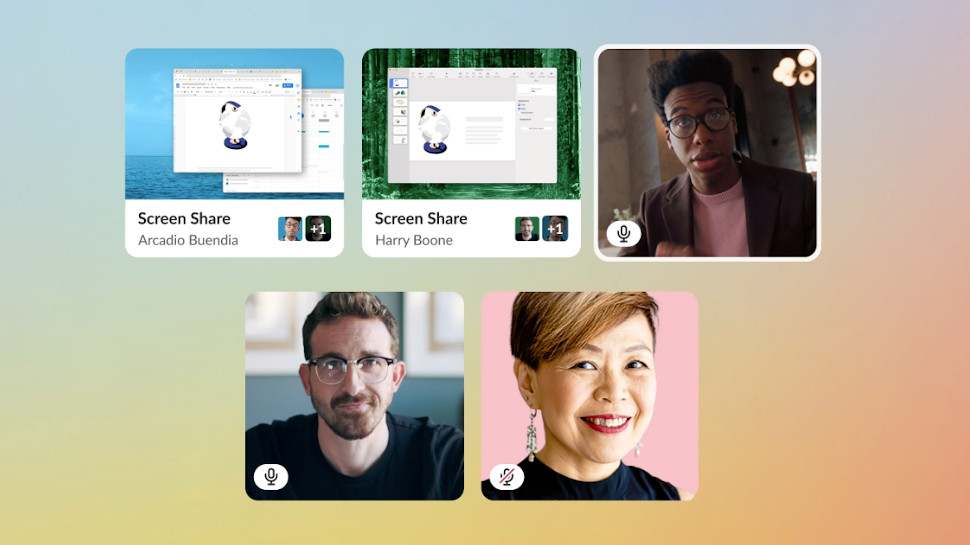Slack has announced an expansion for one of its most popular features that could put it on a firm collision course with the likes of Zoom.
At Dreamforce 2022, the annual conference of its parent company Salesforce, Slack announced that its impromptu meeting feature, Huddles, will now include support for video calling.
Designed to simulate informal office conversations, the Huddles feature is moving away from its original audio-only format and towards something a little more complete. Not only can users now enable video, but they’ll also benefit from multi-person screensharing, emoji reactions and more.

Eat or be eaten
Since the start of the transition to remote and hybrid working, the collaboration and video conferencing software market has exploded. Among the greatest beneficiaries were companies like Zoom and Slack, but also Microsoft and Google, both of which supply comprehensive suites of productivity software.
The challenge for the likes of Slack and Zoom, which do not offer the same range of first-party functionality available with Microsoft 365 and Google Workspace, is to justify the additional spend beyond what customers are already paying for their office software bundle.
In the case of Zoom, the company is expanding into new corners of the market, so as to be able to offer customers a more well-rounded collaboration service, beyond just video conferencing. The arrival of video support for Huddles could be interpreted as a sign that Slack is at least thinking along the same lines.
However, according the company’s Chief Product Officer, not so. Speaking to TechRadar Pro ahead of Dreamforce, Tamar Yehoshua explained Slack is “not interested in box-ticking”.
“Slack has always been very customer-centric; we work very closely with customers to co-create what we think they need,” she said. “The addition of video to Huddles is something customers have been telling us they need.”
Pressed on whether Slack feels pressured to expand into new use cases, by virtue of the market dynamics already described, Yehoshua suggested the company examines its performance through a different lens.
“The pressure we feel is to show a high return on investment (ROI) for Slack,” she told us. “That’s what we focus on: making sure the value we create is much more value than the cost of the service.”
Whether Slack lives up to the word of CEO Stuart Butterfield, who likes to say the platform is “1% of the software budget that makes the other 99% more valuable”, customers will decide for themselves. But more rich, first-party functionality certainly can’t hurt either.
- Our list of the best business webcams around
